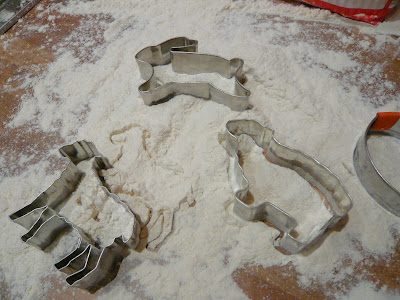
P and I have been flicking through our dictionary of quotations recently, in order to find choice quotes that we can write Amelie-style, in window chalk, on our living-room window. (The people at the bus-stop below look so miserable every morning that we thought they needed some poetic inspiration or at least some humorous prose.) A few days ago I found the E. M. Forster gem which gives today’s title. Given that I had spent the previous hour trying to work out what to make for dessert at a dinner party the next day, I remembered how true it is.
I went for sticky date pudding. While I wouldn't call sticky date my absolute favorite, it is right up there. Sticky date is probably the culinary equivalent of Jane Eyre on my favorite books list: sweet, dark and rich, but just a little too sugary at the end. Lacking an appropriate square tin, I made my puddings in muffin moulds which probably helps prevent the usual over-indulgent finale.
170 g stoned dates
1 teaspoon bicarbonate soda
300 ml boiling water
60 g unsalted butter
¾ cup brown sugar
2 eggs
170 g self-raising flour
½ teaspoon pure vanilla extract
Chop the dates and mix them with the bicarbonate soda. Pour over water, stir and leave to stand. (I left my dates for most of the afternoon. As that seems to break them up really well.)
Cream the butter and sugar. Add the eggs one at a time, beating after each. Fold in the flour. Gently stir in the date mixture and the vanilla.
Pour the mixture into 10 greased muffin moulds. Bake in a 180°C oven for 30 minutes.
When the puddings are nearly cooked, make the sauce.
400 g brown sugar
1 cup thick cream
250 g unsalted butter
½ teaspoon of pure vanilla extract (because I didn’t have a vanilla bean)
Bring all sauce ingredients to the boil. Reduce the heat and simmer for 5 minutes.
Once the puddings are cooked, use a butter knife to pop each pudding half-way out of its tin and spoon a little sauce underneath. Slip each pudding back into its tin and spoon more sauce over the tops. Return the tray to the oven for 2-3 minutes.
Serve with ice cream, cream and the remaining warm sauce.







